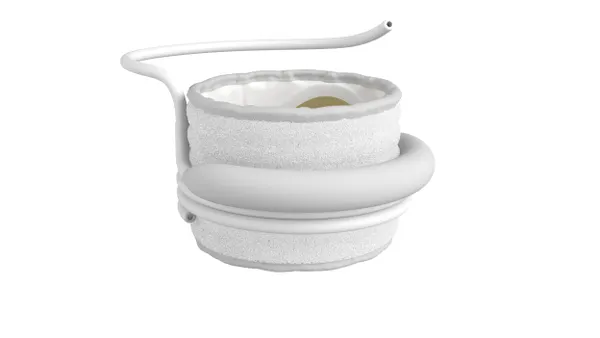Dive Brief:
-
The U.S. has placed a 25% tariff on $836 million worth of medical technology imports from China, potentially leading to higher prices and reduced investment.
-
President Donald Trump is applying the tariff to pacemakers, ultrasound devices and other pieces of medical equipment as part of a wider trade war with China.
-
The extent of the tariffs are a minor victory for the medtech industry, which lobbied to bring the value of products covered by the levy down from nearly $3 billion.
Dive Insight:
The Office of the United States Trade Representative (USTR) proposed placing a 25% tax on $2.8 billion worth of medical equipment imports from China in April. President Trump ordered the tariffs to in response to what he has called the theft of U.S. intellectual property by China.
Since then, trade groups including AdvaMed and the Medical Imaging and Technology Alliance (MITA) have lobbied hard to get devices sold by their members removed from the USTR’s list of taxed imports.
Those efforts partly succeeded. The USTR removed many types of medical equipment from the list but late on Friday went ahead with a 25% tax on other products, including devices used in magnetic resonance imaging, X-ray, ultrasound and computed tomography.
The inclusion of many types of medical imaging equipment on the list led to last-minute lobbying by MITA, which put out a statement decrying the impact of the tariffs hours before they came into force.
“These tariffs on imaging products or their components will harm the American medical technology sector’s ability to stay competitive and will adversely affect the U.S. economy in ways that could compromise patient access to care,” Patrick Hope, executive director of MITA, said in a statement.
The USTR’s decision not to heed that warning means we will now find out whether MITA members’ predictions will come true. All MITA members that responded to a recent survey said the imposition of a 25% tariff would lead to layoffs and reduced investment in R&D. Common responses to tariffs include raising prices and moving production overseas to mitigate and avoid the levies.
While imaging equipment companies now need to consider how to respond to the tariff, the USTR’s shortening of the list of taxed products means many other businesses have been spared. If the USTR had gone ahead with the plan it detailed in April, defibrillators, orthopedic implants and other types of medical equipment would also be subject to the tariff.
The risk is yet to pass completely, though, as the 25% tariff is just an early shot in a wider trade war. President Trump is considering applying a 10% tariff to $200 billion worth of Chinese imports. U.S. officials have yet to release a list of the products subject to the lower tariff but the need to find $200 billion worth of imports may include multiple pieces of medical equipment.
There is also the question of how China will respond. China has yet to impose tariffs on imports of U.S. medical devices, but may do so as the trade war escalates. A tariff on imports into China would make U.S. manufacturers less competitive in a key growth market.








